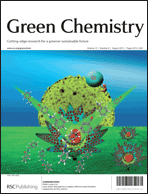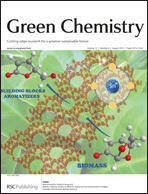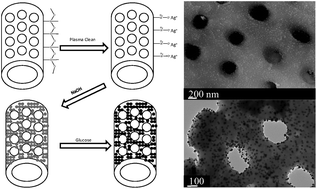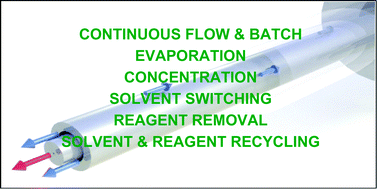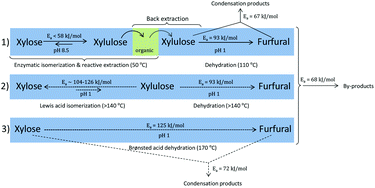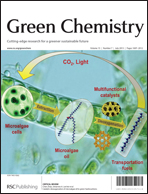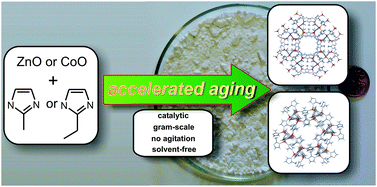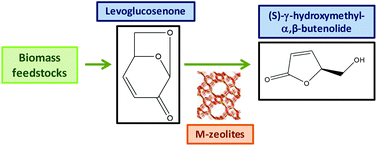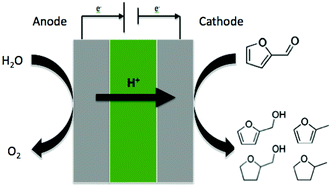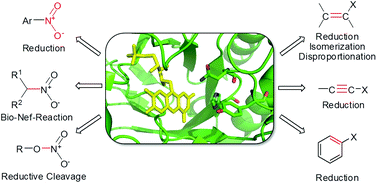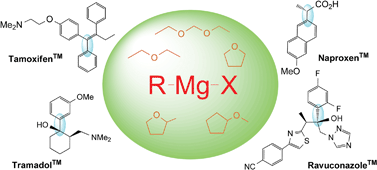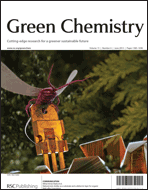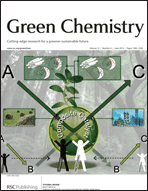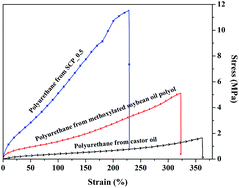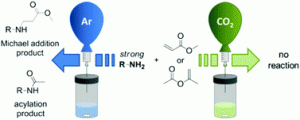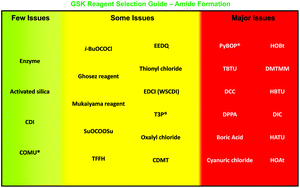Issue 8 of Green Chemistry is now available to read online.
The front cover this month (pictured left) features work by Rafael Luque and co-workers from Cordoba, Spain. In their work, they report a proof of concept of laser-assisted heterogeneously catalysed processes at room temperature using silica supported gold nanoparticles.
Read the full article: Laser-driven heterogeneous catalysis: efficient amide formation catalysed by Au/SiO2 systems
Antonio Pineda, Leyre Gomez, Alina M. Balu, Victor Sebastian, Manuel Ojeda, Manuel Arruebo, Antonio A. Romero, Jesus Santamaria and Rafael Luque
Green Chem., 2013, 15, 2043-2049, DOI: 10.1039/C3GC40166A
The inside front cover this month (pictured left) features work by Avelino Corma and co-workers from Valencia, Spain. In their work, they show optically pure chiral γ-lactone (S)-γ-hydroxymethyl-α,β-butenolide, which is a highly-valuable chemical, being achieved in good yields by the oxidation of levoglucosenone with H2O2 and transition metal-containing zeolites.
Read the full article: Metal-containing zeolites as efficient catalysts for the transformation of highly valuable chiral biomass-derived products
Cecilia Paris, Manuel Moliner and Avelino Corma
Green Chem., 2013, 15, 2101-2109, DOI: 10.1039/C3GC40267C
Both of these articles are free to access for 6 weeks!
Keep up-to-date with the latest content in Green Chemistry by registering for our free table of contents alerts.


